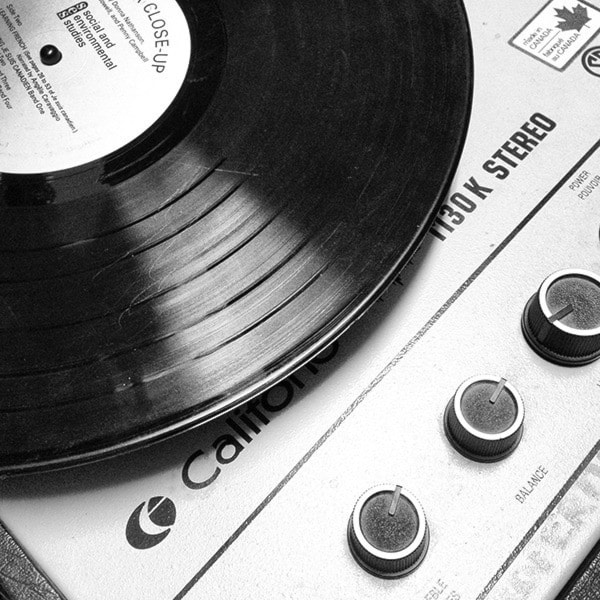One of the fixtures on permanent display in the Maple Ridge Museum is a gramophone donated in 1974 by Mabel Biggs of Webster’s Corners.
She bought the machine in 1921. Young children, and even some adults always inquire about the object; looking around the sides, poking their head under the top, finally looking to us: “What is this?”
Today it’s difficult to imagine a piece of equipment inside a cabinet that only plays a few minutes of music, and which you have to hand crank to operate.
Yet even a few years before the gramophone came the phonograph, invented in 1877 by Thomas Edison. The phonograph literally means, sound writer. Others before had invented ways to record sound, but never been able to play it back. Edison’s invention was able to do both.
The first sound the phonograph played was, “Good Morning, how do you do? How do you like the phonograph?”
Perhaps not as catchy as some tunes today, but Edison had been working on a method of recording telegraph messages on a disk of paper laid on a revolving platen. Through experiments, he designed a machine using a cylinder instead of a disc. The cylinder provided grooves around the surface. Tinfoil was placed over top, which allowed for recorded movements. Edison marketed the phonograph at $18 ($380 today). It was not something everyone could afford. Thankfully, the gramophone came only a decade later.
In 1887, its design, patented by Emile Berliner, involved a sideways movement traced onto a coated grooved disc, the opposite movement to Edison’s phonograph.
By the early 1890s, the gramophone’s perfected simple design allowed for the discs to be produced in high quantities and was much more cost effective than previous systems. It also required less storage space, which enabled costumers to purchase more recordings.
The first discs were five inches in diameter, and recorded only on one side. The disc system gradually became more popular because of its cheaper price and better marketing by record companies.
From the gramophone, came arm system turntables and amplifiers, which are what we think of today when we think of record players.
Until recently, the Maple Ridge Museum did not have any turntables, although our collection holds records from many local bands: The Nocturnals, for example.
It was not until Lisa Chew from Yennadon elementary donated a Califone 1130K record player in working (and mint condition) that the museum now has a way to play and exhibit our collection of albums.
During the summer, the museum will showcase the various musical instruments and recordings from local artists, including a well-loved mandolin donated to the museum from Keith Rajala. The instrument belonged to his mother, June Rajala.
This year also marks the 16th annual Music on the Wharf summer concert series. The concert started with a local band offering to play a one-time concert and has become one of the Maple Ridge Historical Society’s most popular events.
The society is currently seeking musical groups to submit applications to perform. Application deadline is March 15.
Full details along with the dates of the concert can be found at mapleridgemuseum.org or by calling 604-463-5311.
Allison White is the curator of the Maple Ridge Museum.
